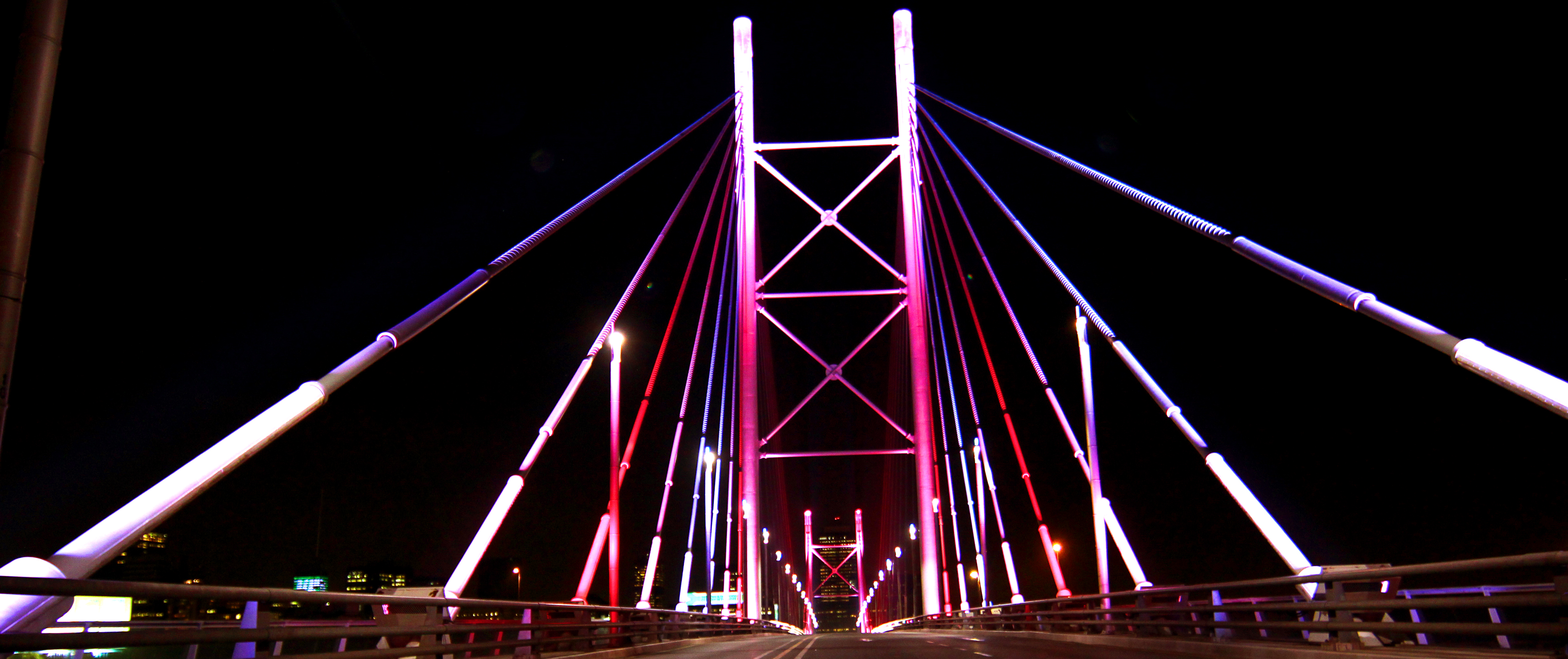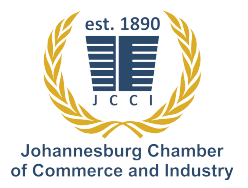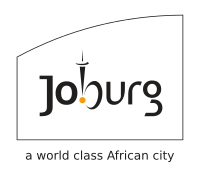Infrastructure and Transport

Transport
Air Accessibility
This form of transport is usually the largest component of international tourism spending, tourists are affected by the routes that can be flown, the airlines available to fly specific routes, the number of flights available, the number of seats on routes as well as the prices that are charged
The OR Tambo International Airport (ORTIA) and Lanseria International Airport are the only two airports in Johannesburg with facilities to accommodate international flights and are designated as such. Both airports are easily accessible from Johannesburg and both actively service the City in terms of visitor arrivals. ORTIA is southern Africa's busiest air transport hub and was named African Airport of the Year at this year’s Air Cargo Africa Conference and Exhibition.
On the regional front, the airport has regional flight routes to all the sub-Saharan African countries and has become a major transit airport.
Lanseria Airport
Lanseria International Airport serves as an alternative air connection to Johannesburg’s OR Tambo International Airport in South Africa. The airport is located in the vicinity of Johannesburg’s major business hub Sandton. It is connected through the R512 road that runs between Randburg and Sandton, two of the wealthiest regions of the city of Johannesburg. It is also South Africa’s fourth-largest airport by passenger numbers among 21 significant local airports.
Tourism Transport
Transportation is an integral part of the tourism industry as it is the main link between people, goods, and services. It is largely due to the improvement of transportation that tourism has expanded.
Gautrain
The City’s public transport pride and joy: the rapid-transit Gautrain offers a direct service between the airport, Sandton, Rosebank, Park Station, Pretoria, and Hatfield. The Gautrain is also complemented by a bus service connecting stations to nearby areas. The Gautrain buses are safe, reliable and affordable.
Minibus Taxis
Minibus taxis are by far the most common form of public transport in South Africa. Although not necessarily considered a main mode of transport for tourists, they do make use of taxis while travelling in SA. It is one of the cheapest ways of getting around and a great way to get to know the country and its people
City Sightseeing/Red Bus
These hop-on, hop-off buses stop at major tourist sites around the CoJ. The bus route (which includes the Mining District and Carlton Centre, and runs out to the Apartheid Museum and Gold Reef City before looping back to Newtown and Braamfontein) connects with the more northern green route at Constitution Hill. This city-tour is interactive and educational and allows tourists to learn about the history and culture of the City. Tourists also experience a taste of the hustle and bustle of the city and are introduced to a variety of attractions and activities that they can further explore.
Shosholoza Meyl
The ‘Tourist Class’, which consists of sleeper accommodation, provides passengers with a choice between a coupe that can accommodate two people and a compartment that can take up to four people. During the day, the compartment/coupe are suites and at night they are converted into bedrooms, with both having hot and cold water. Food and snacks can be purchased from the dining car. For passengers ]who prefer to stay in their compartment/coupe, a trolley service is available. Routes are from Johannesburg to Cape Town, Port Elizabeth, East London, Durban, Komatipoort, and Musina.
Uber
People all over the world are making use of Uber because it provides fast trips to almost anywhere, it is safe, it offers post-party rides, and can save costs for urban dwellers. In addition, public transportation doesn't run around the clock, and not all taxi companies run 24 hours a day. People who are out and about after regular hours often use Uber to get home quickly when bus and metro train lines are shut down. Uber launched in Johannesburg in 2013.
Roads
Johannesburg’s placement within the GCR means that there is a continual interface with other road networks and cities, with a constant flow of people and goods in and out of the city, as part of a daily commute.
Transport is an integral part of tourism development, and therefore should be audited regularly to identify challenges or threats, but also allow for the implementation of sustainable best practice initiatives relating to safety, effective operations, and maintenance/upgrades of road infrastructure.
















